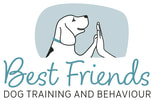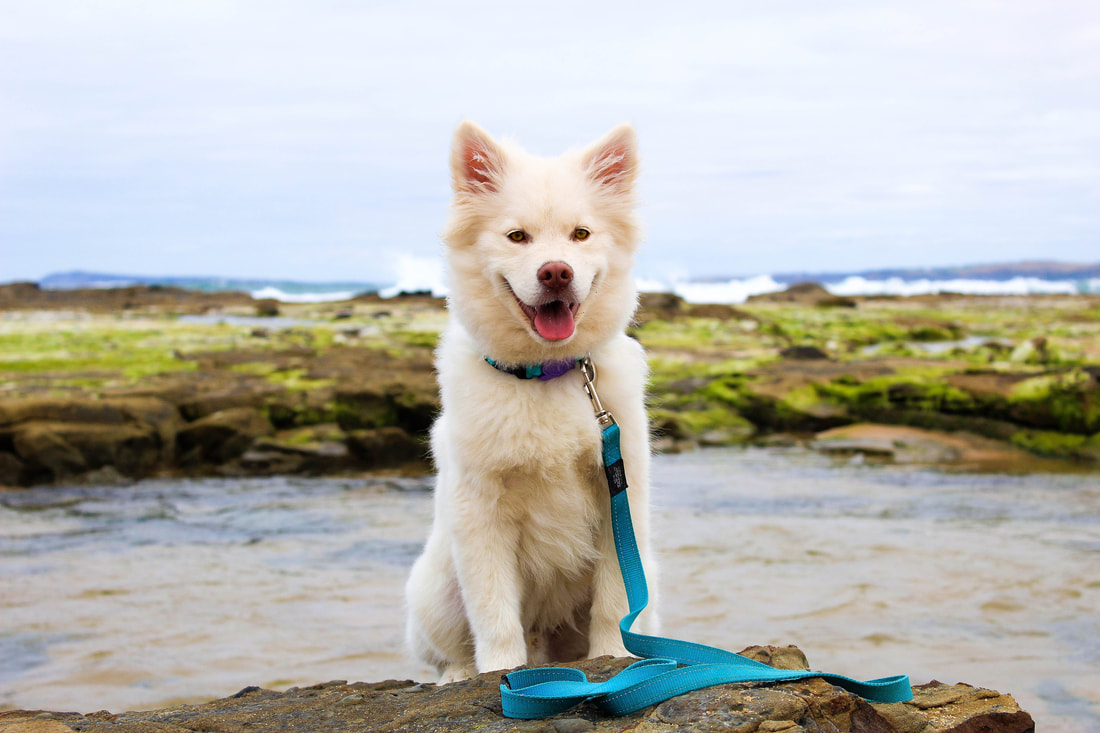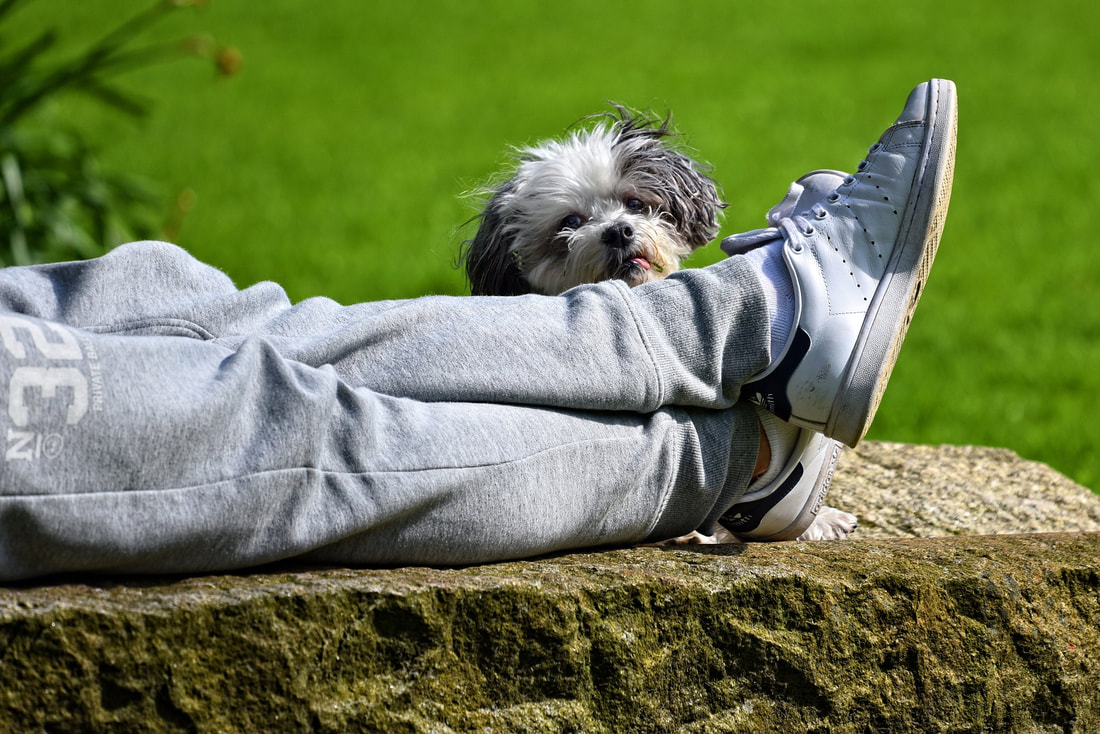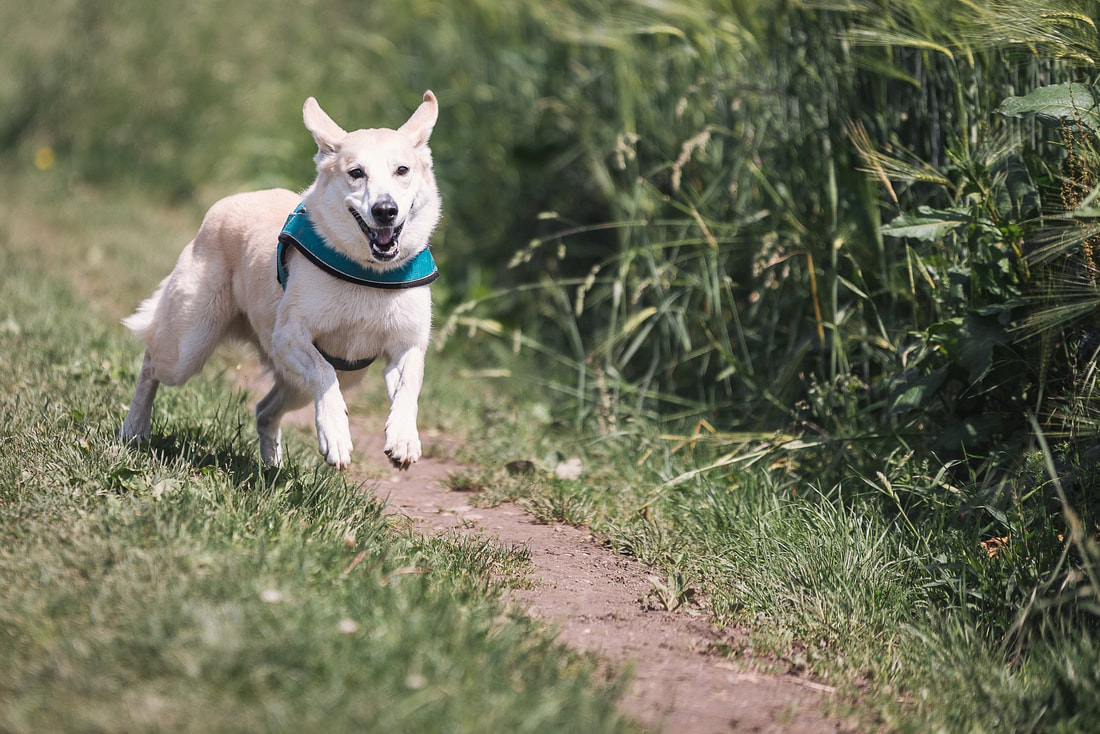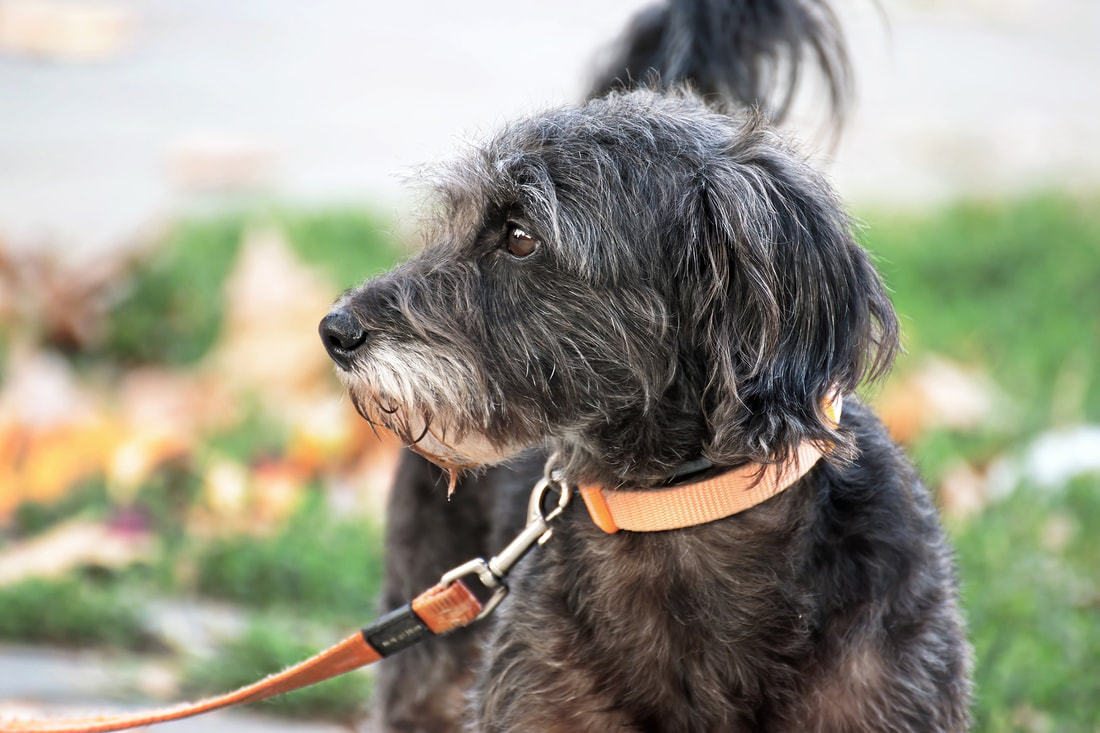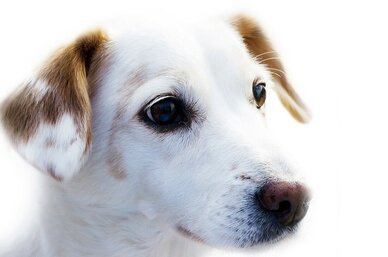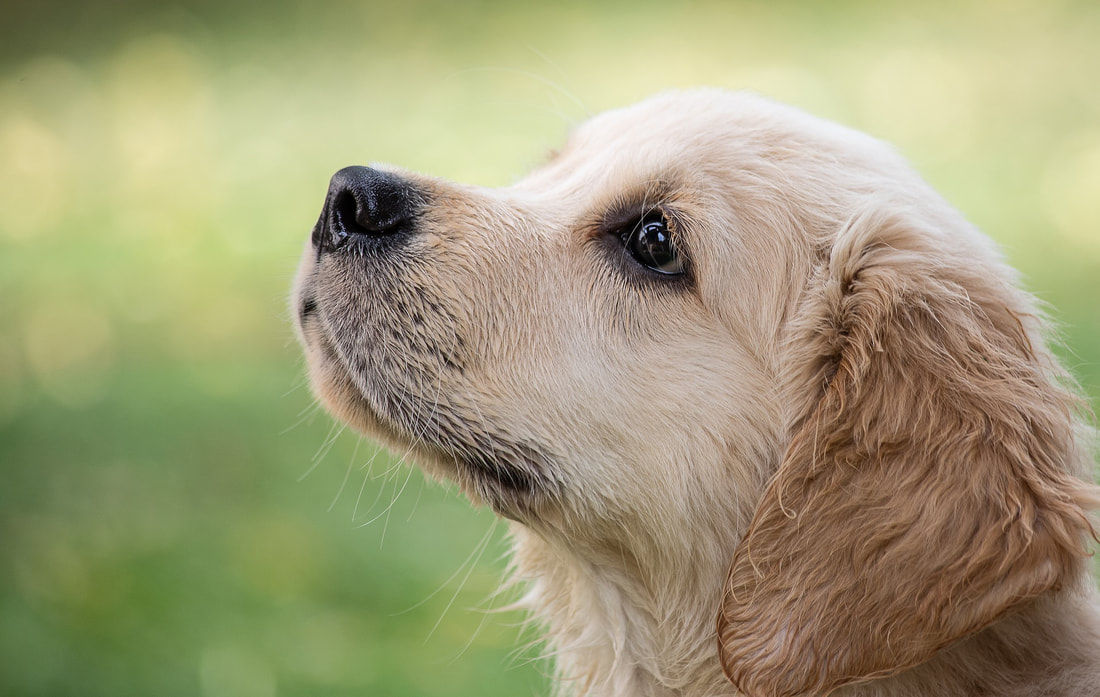TEEN TYRANTS!
Adolescence can be a trying time! Your dog is experiencing many changes, not unlike human teens. These changes – biological, physical, and psychological – will affect your dog’s behaviour and some of this behaviour can be challenging. The adolescent’s brain is developing and growing and he is also experiencing hormonal changes that will have an impact, even for altered dogs.
The canine developmental stages are: Neonatal (birth to 13 days); Transitional (13 days to 3 weeks)' Socialization: (3 weeks to 12-16 weeks); Juvenile (12-16 weeks until sexual maturity); and Adult (sexual maturity onward).
The adolescent period typically begins around four to six months of age, and will be over when a dog reaches physical and sexual maturity around two to three years old. The most pronounced behavioural changes usually take place between six and 12 months of age.
Tips on handling the adolescence stage:
Continue socialization: Socialization shouldn’t stop when your dog is a teen. It’s important to continue carefully exposing your dog to different places, people, other dogs, and different situations while associating these events with something positive.
Understand this is a time of BIG feelings: Whether positive or negative, emotions are often intense and exaggerated in the teenage dog. It is a time of increased emotional arousal and reactivity. Your adolescent may experience new feelings about things or situations she was previously comfortable with. Maybe she gives the fire hydrant a wide berth during your walk or she might decide that new people (or dogs or trees or shadows) need to be barked at.
These reactions are normal. These behaviours will come and go several times during adolescence and may last anywhere from a couple of days to a few weeks. Handle these moments with calm and patience. Your teen tyrant isn’t always able to control his emotions. Don’t push or force him to “confront his fear” or scold him for what might look like rude behaviour. Give him time to process whatever spooks him. Give him distance from scary things. Let him turn away and avoid the scary monster if he wants and even let him bark at it if he needs to. Hold the leash loosely and reassure him by talking to him in a gentle, calm voice.
Use management to prevent unwanted behaviours: Adolescent dogs often don’t have the ability to control their impulses and have a tendency towards immediate gratification! While they may look like adults, they are not. They do not yet have the mental capacity or the emotional development of an adult dog. It might seem like they have forgotten all the training you did as a puppy! They haven’t – the information is still floating around in their developing brain – but they are having trouble accessing it.
Continue teaching your teen what you want him to do and use management to help him not practice unwanted behaviours. For example, keep counters clear so he can’t counter surf. Keep him on a long line until you have a great recall. Close the drapes so he doesn’t bark at passersby.
Find the joy! Adolescence may be full of challenges for you and your pup, but it is also a very special time in your dog’s life! He is learning more about the world and his place in it with you as his guide. He is curious, playful, mischievous, full of energy, and a whole lot of fun! Enjoy this special time!
Homework: Identify one unwanted behaviour your teen engages in that you would like to change and a management strategy to prevent your dog practising the behaviour.
The canine developmental stages are: Neonatal (birth to 13 days); Transitional (13 days to 3 weeks)' Socialization: (3 weeks to 12-16 weeks); Juvenile (12-16 weeks until sexual maturity); and Adult (sexual maturity onward).
The adolescent period typically begins around four to six months of age, and will be over when a dog reaches physical and sexual maturity around two to three years old. The most pronounced behavioural changes usually take place between six and 12 months of age.
Tips on handling the adolescence stage:
Continue socialization: Socialization shouldn’t stop when your dog is a teen. It’s important to continue carefully exposing your dog to different places, people, other dogs, and different situations while associating these events with something positive.
Understand this is a time of BIG feelings: Whether positive or negative, emotions are often intense and exaggerated in the teenage dog. It is a time of increased emotional arousal and reactivity. Your adolescent may experience new feelings about things or situations she was previously comfortable with. Maybe she gives the fire hydrant a wide berth during your walk or she might decide that new people (or dogs or trees or shadows) need to be barked at.
These reactions are normal. These behaviours will come and go several times during adolescence and may last anywhere from a couple of days to a few weeks. Handle these moments with calm and patience. Your teen tyrant isn’t always able to control his emotions. Don’t push or force him to “confront his fear” or scold him for what might look like rude behaviour. Give him time to process whatever spooks him. Give him distance from scary things. Let him turn away and avoid the scary monster if he wants and even let him bark at it if he needs to. Hold the leash loosely and reassure him by talking to him in a gentle, calm voice.
Use management to prevent unwanted behaviours: Adolescent dogs often don’t have the ability to control their impulses and have a tendency towards immediate gratification! While they may look like adults, they are not. They do not yet have the mental capacity or the emotional development of an adult dog. It might seem like they have forgotten all the training you did as a puppy! They haven’t – the information is still floating around in their developing brain – but they are having trouble accessing it.
Continue teaching your teen what you want him to do and use management to help him not practice unwanted behaviours. For example, keep counters clear so he can’t counter surf. Keep him on a long line until you have a great recall. Close the drapes so he doesn’t bark at passersby.
Find the joy! Adolescence may be full of challenges for you and your pup, but it is also a very special time in your dog’s life! He is learning more about the world and his place in it with you as his guide. He is curious, playful, mischievous, full of energy, and a whole lot of fun! Enjoy this special time!
Homework: Identify one unwanted behaviour your teen engages in that you would like to change and a management strategy to prevent your dog practising the behaviour.
